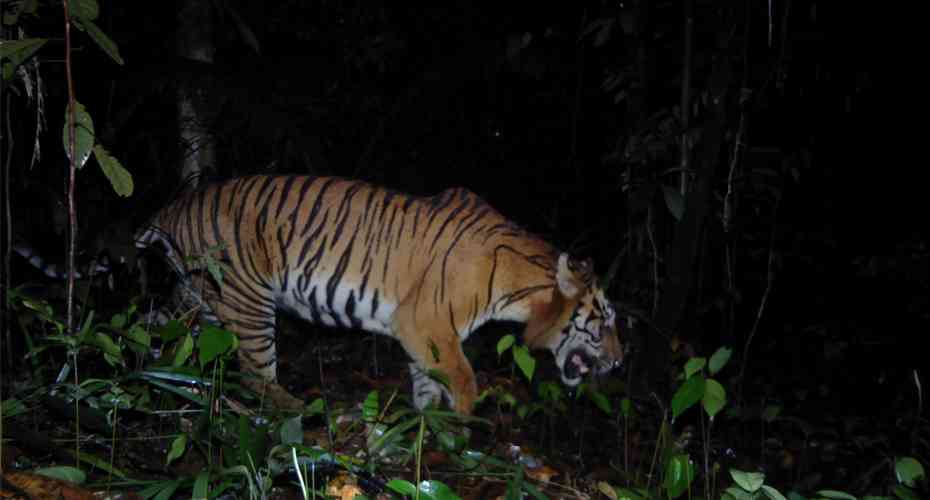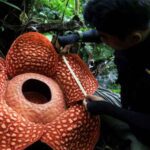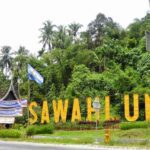Kerinci Seblat National Park – A Hidden Gem of Sumatra is the largest national park on the island of Sumatra, Indonesia, spanning across four provinces: West Sumatra, Jambi, Bengkulu, and South Sumatra. Covering an area of over 13,750 square kilometers, it is a UNESCO World Heritage Site under the Tropical Rainforest Heritage of Sumatra.
This park is a paradise for nature lovers, hikers, wildlife enthusiasts, and eco-tourists, offering a rich diversity of flora and fauna, some of which are found nowhere else on Earth.
Natural Attractions Kerinci Seblat National Park
- Mount Kerinci: The highest volcano in Southeast Asia at 3,805 meters, popular with trekkers seeking adventure and panoramic views.
- Lakes and Waterfalls: Including the beautiful Lake Gunung Tujuh (Seven Peaks Lake), one of the highest caldera lakes in Southeast Asia, surrounded by lush mountains.
- Dense Rainforests: The park preserves one of the last remaining tracts of pristine Sumatran rainforest, home to giant trees, orchids, and medicinal plants.
Wildlife Spotting
Kerinci Seblat is a crucial habitat for many endangered species, including:
- Sumatran tiger (Panthera tigris sumatrae)
- Sumatran rhinoceros
- Sun bear
- Malayan tapir
- Over 370 bird species, including the rare Sumatran ground-cuckoo
Birdwatching, camera trapping, and guided jungle treks are popular among visitors hoping to catch a glimpse of these rare animals in the wild.
Cultural Experiences
Surrounding the park are traditional villages where visitors can experience local Minangkabau and Kerinci culture, traditional dances, crafts, and culinary delights. The region is also known for its organic tea and cinnamon plantations.
Eco-Tourism & Conservation
Kerinci Seblat is a model for eco-tourism, with initiatives that support conservation and community-based tourism. Many local guides and homestays are involved in preserving the ecosystem while offering authentic experiences to travelers.
Getting There
The park is most easily accessed from Padang (West Sumatra) or Jambi City, with local transport to towns such as Sungai Penuh and Kersik Tuo, the main gateways to the park.
Highlights
- Trek to the summit of Mount Kerinci
- Camp by the mystical Lake Gunung Tujuh
- Explore jungle trails and hidden waterfalls
- Join a wildlife conservation or research trip
- Immerse yourself in local culture and traditions
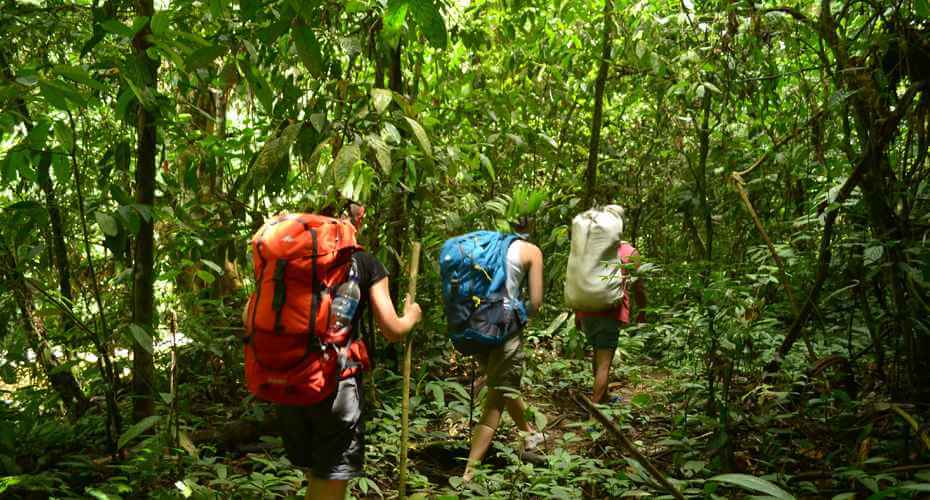
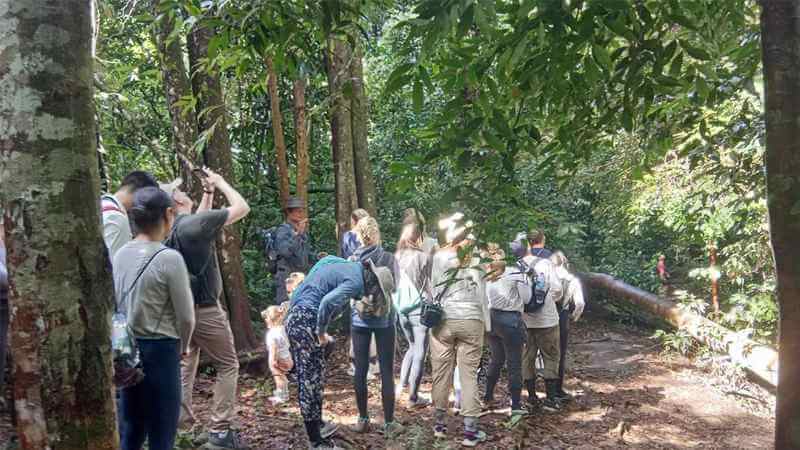
All About Kerinci Seblat National Park
Kerinci Seblat is most famous amongst bird-watchers as the best place to see most of the highland Sumatran endemic bird species including the Schneider’s Pitta, Salvadore’s pheasant and Sumatran Cochoa, all presumed extinct for much of the 20th century before being rediscovered here. More than 375 species of bird have been recorded to date.
This is also the most important location in Sumatra for wild Sumatran Tiger and one of the 12 most important tiger reserves anywhere in the world although seeing wild tigers is unusual due both to the dense forest and the animals’ shy nature. Other fauna includes elephants (best seen in national park forests in Bengkulu), clouded leopards, tapirs, sun bears and at least seven species of primate.
Forest edge farmers continue to report occasional sightings of the mysterious orang pendek, a large, bipedal cryptozoological primate resembling an orangutan (which are not recorded in Kerinci Seblat).
The national park also houses the biggest and the tallest flowers in the world, the monstrous, flesh red flower of the parasite Rafflesia arnoldi which can grow up to a metre in diameter, and is best searched for in the Bengkulu area of the park – ask for flowering information in Curup.
In the southern part of Kerinci district hope to see the slightly smaller Rafflesia hasselti which is a vivid dark red in colour. The huge Amorphophallus titanum and Amorphophallus gigas are also present and can grow up to 4 metres in height.
A remarkable flower at higher altitudes on Mt Kerinci and Mt Tujuh is the Javanese edelweiss Anaphalis javanica, which only grows on volcanoes. This shrub can reach more than two metres in height and is colored white-green because of its small hairs; the flowers are yellow with white. Numerous orchids are also found, most often flowering at the beginning of the rainy season in late September or October.
Mt. Kerinci – at 3805m, the highest active volcano in Southeast Asia.

